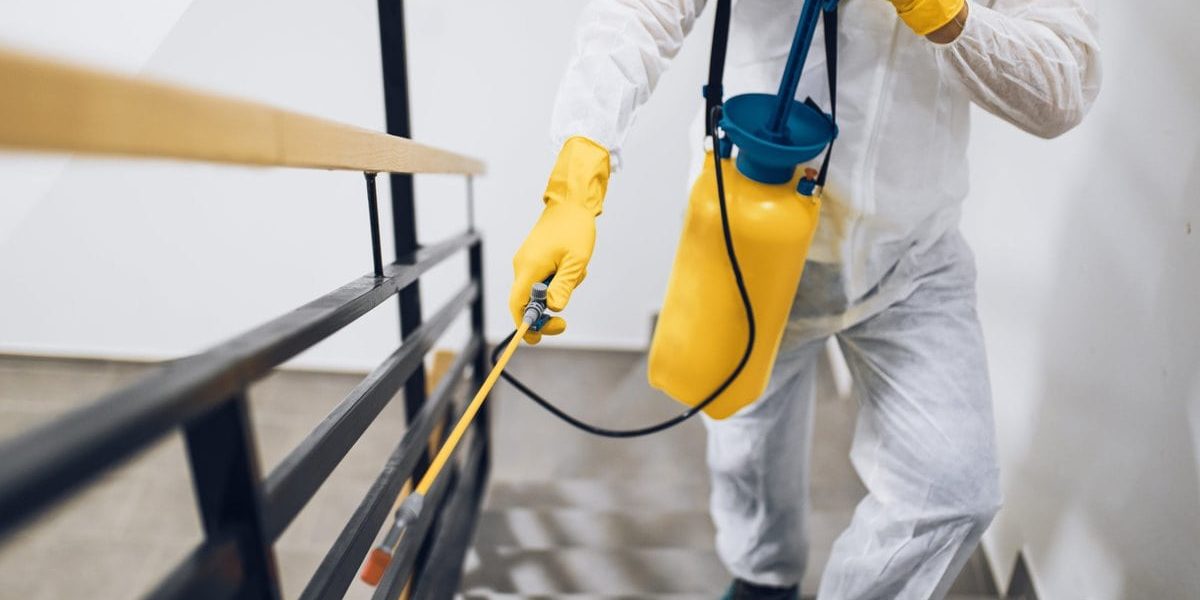Expert Insect Control Techniques for Long-Term Results
In the realm of bug control, accomplishing sustained effectiveness and lasting outcomes requires a careful method that transcends plain elimination. Expert insect control methods envelop a comprehensive method that starts with a comprehensive evaluation and analysis, followed by exact pest recognition to recognize their actions patterns. The execution of Integrated Pest Monitoring (IPM) principles, paired with eco-conscious treatments, creates the cornerstone of sustainable pest eradication. Nevertheless, real test hinges on the ongoing surveillance and upkeep of the treated locations, making sure a pest-free setting for the direct future. By delving right into the complexities of these techniques, a deeper understanding of expert bug control approaches for enduring outcomes emerges.
Examination and Evaluation
Upon getting in a residential or commercial property for insect control solutions, the initial step is a thorough inspection and assessment to recognize the level of the invasion and figure out one of the most efficient treatment strategy. Expert parasite control service technicians are trained to meticulously analyze the properties, trying to find indicators of insect task such as droppings, gnaw marks, nests, or any structural damages. They will also assess the problems that may be attracting bugs, such as food sources, water leakages, or access points.

Bug Recognition and Actions

In addition, understanding the habits of the determined bug is crucial to executing reliable control measures. Understanding where parasites nest, what they feed on, and their task patterns can help pest control specialists develop strategies to eliminate them successfully.
Integrated Bug Monitoring (IPM)
Integrated Bug Administration (IPM) approaches integrate several techniques to manage and stop bug invasions in a lasting and eco-friendly manner. pest control near me. By integrating techniques such as biological control, habitat control, adjustment of cultural practices, and making use of resistant varieties, IPM aims to minimize using chemical pesticides
One of the essential principles of IPM is the emphasis on avoidance. This positive approach includes surveillance parasite populaces on a regular basis to discover any possible problems before they intensify. By determining bug problems early on, pest control steps can be executed swiftly and successfully.
Moreover, IPM promotes the use of safe insect control techniques whenever possible. This can consist of utilizing natural killers of the parasites, introducing valuable bugs, or making use of pheromones to disrupt mating patterns. By minimizing dependence on chemical pesticides, IPM not just safeguards the environment but also helps keep a balance in the community.
Environmentally-Friendly Treatments
Implementing eco-conscious strategies in insect control procedures can properly deal with infestations while focusing on environmental sustainability. Environmentally-friendly treatments concentrate on minimizing the effect of bug control methods on environments, non-target organisms, and human health and wellness.
Another trick facet of environmentally-friendly treatments is making use of organic and eco-friendly items that break down rapidly without leaving damaging deposits in the setting. Botanical insecticides originated from plants like chrysanthemums or neem offer effective pest control while posing marginal danger to non-target species. Using techniques like warm treatments or pheromone traps can target certain bugs with accuracy, minimizing the overall environmental impact of insect control practices.
Recurring Tracking and Maintenance
Continuous monitoring and upkeep are necessary elements of bed bug heat treatment reliable insect control management. Ongoing surveillance plays an essential function in making sure that bug invasions are detected early and dealt with quickly. Normal assessments by trained professionals are needed to determine any type of indications of parasite activity, evaluate the effectiveness of previous treatments, and make changes to the pest control strategy as required. By checking bug populaces with time, insect control specialists can track trends, prepare for potential issues, and implement preventive measures to lessen the threat of future invasions.
In enhancement to surveillance, maintenance practices are important for lasting insect control success. This includes executing correct hygiene actions to get rid of potential food and water sources for pests, sealing entrance indicate stop bugs from going into the facilities, and dealing with any kind of architectural problems that could assist in pest problems (bed bug treatment). By incorporating ongoing surveillance and upkeep into an integrated pest administration technique, organizations can guarantee a pest-free setting and protect their home against pricey damage and wellness threats
Conclusion
In final thought, using specialist bug control methods such as complete evaluation and assessment, exact insect identification and understanding of their habits, incorporated pest administration approaches, environmentally-friendly treatments, and ongoing surveillance and upkeep are necessary for achieving long-term outcomes in bug control. By carrying out these techniques, people can efficiently handle insect invasions and maintain a pest-free atmosphere in a lasting way.
Comments on “Expert Exterminator Services: Say Goodbye to Pests completely!”